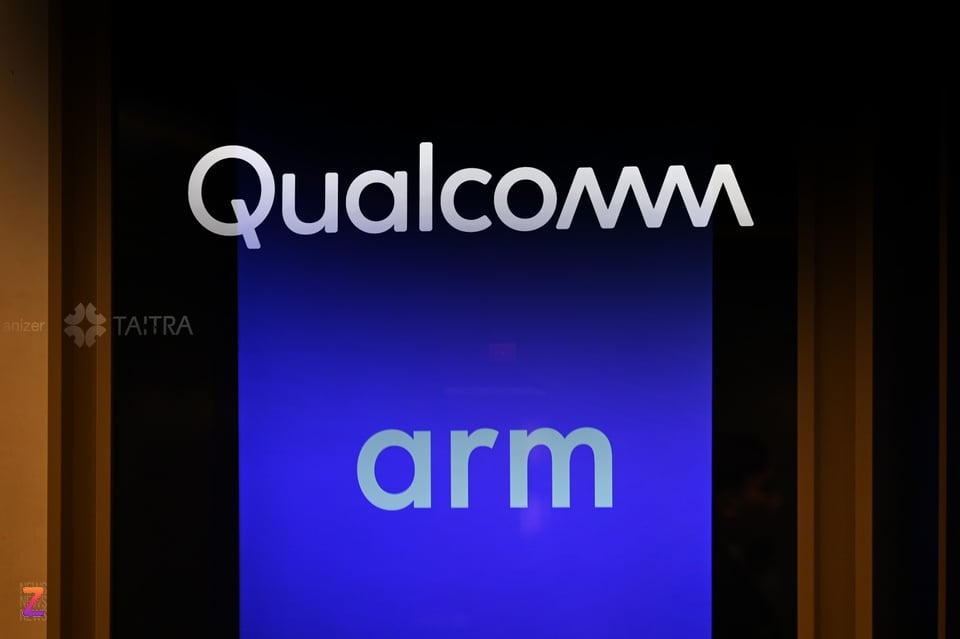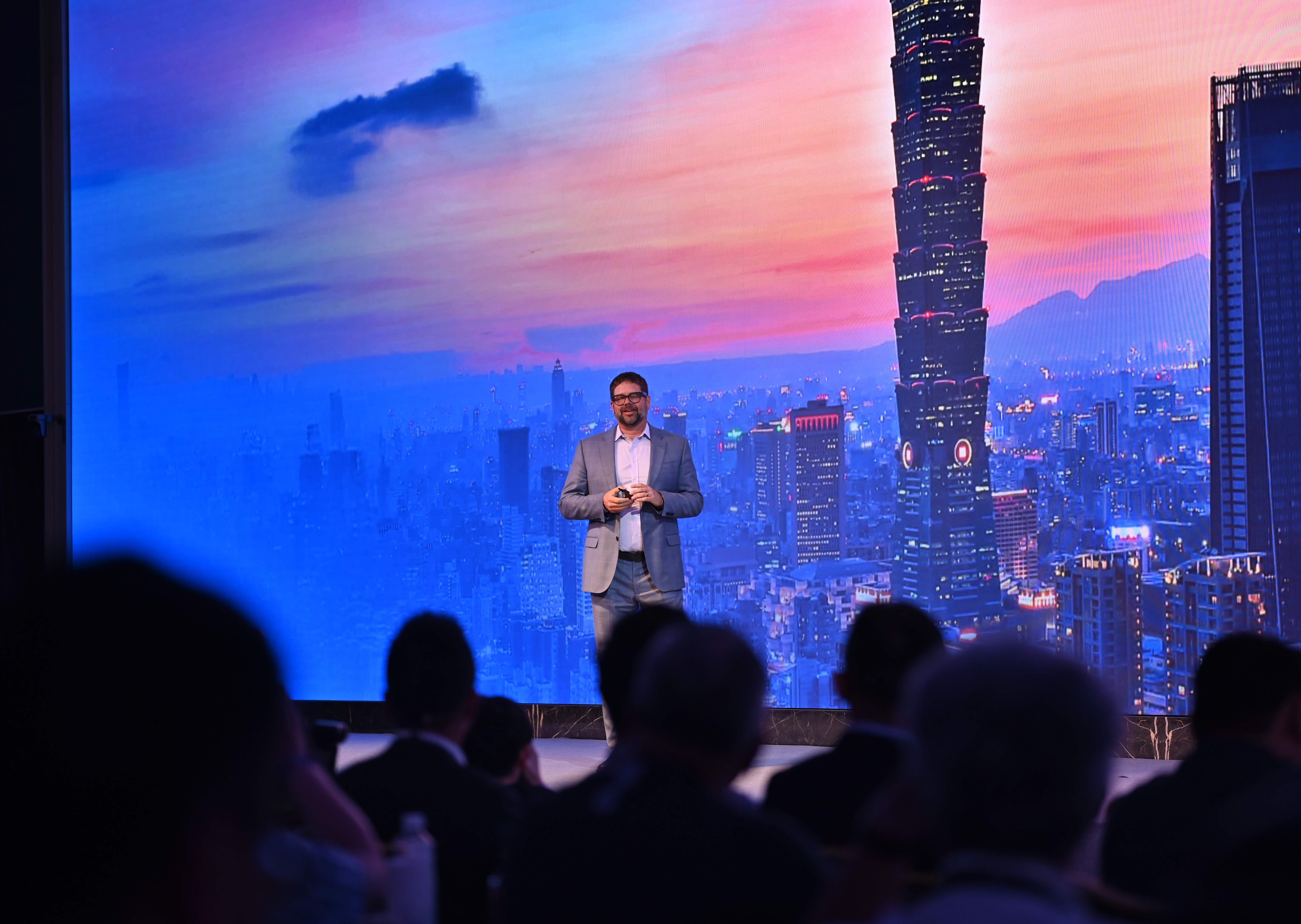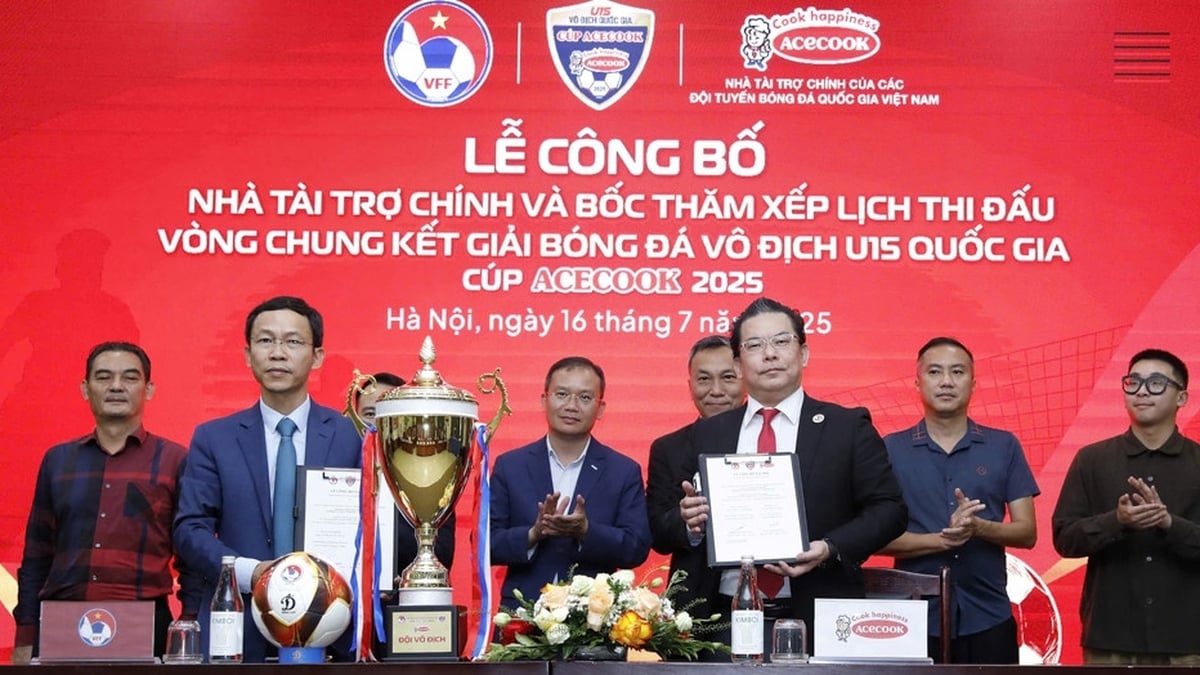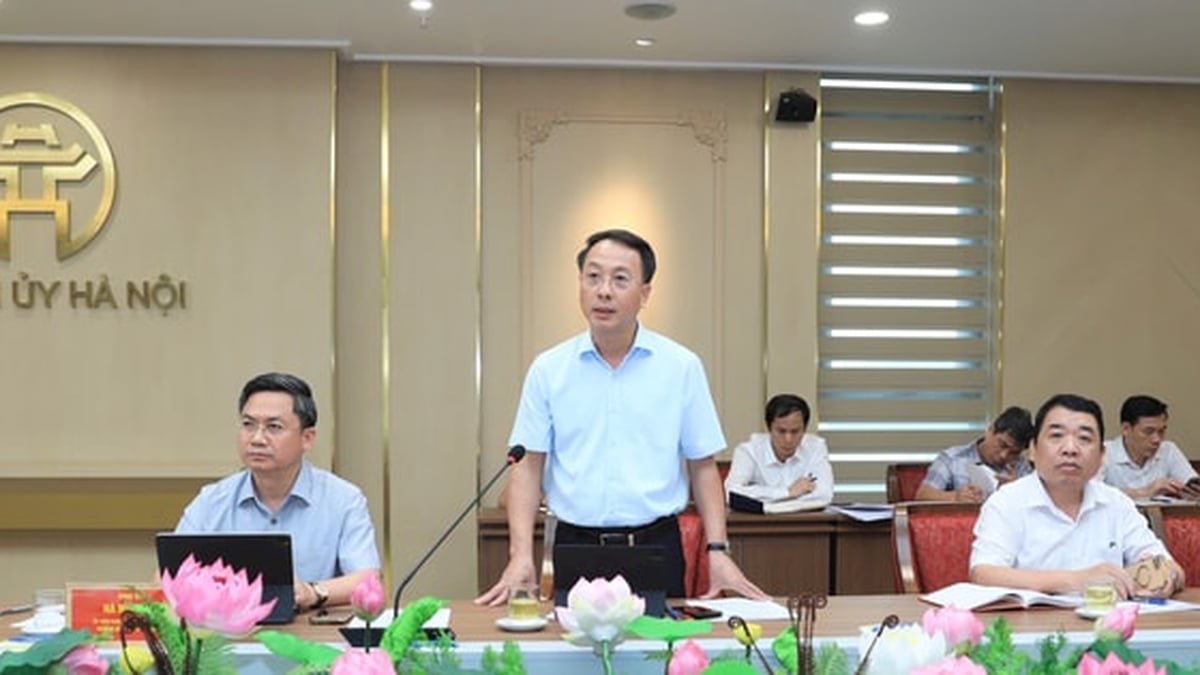 |
The two tech companies have remained at odds since the licensing dispute at Nuvia broke out. |
On May 19, at Computex 2025, Arm and Qualcomm’s presentations took place 500 meters and an hour apart. The chip architecture company started its show while Qualcomm’s CEO was still talking about the future of Snapdragon processors in laptops.
Once major partners, the two semiconductor giants have turned against each other, plunging each other into a protracted legal dispute.
Refuse to mention names
Vice President Chris Bergey talked about the company’s future, where AI is at the center of half the world’s devices running on Arm-based chips. The British company’s executives were joined by representatives from MediaTek and Nvidia. Not once during the 90-minute presentation did Arm or its representatives mention Qualcomm.
Little-known partners like Tencent Hunyuan and Whisper are tapping into the AI chip designs that Arm has unveiled, a key part of their goal of making their products available in a future of artificial intelligence at the edge.
 |
Arm Vice President Chris Bergey. Photo: Xuan Sang. |
On the other hand, the speeches of Qualcomm CEO and partners from Asus, HP or Writer did not mention Arm once.
Despite the dispute, the two companies continue to go their separate ways. Qualcomm continues to build Snapdragon processors based on licensed Arm architecture. The British chipmaker is looking for partners to bring its designs into the AI ecosystem, from servers to the end.
Nvidia CEO Jensen Huang believes that personal computers will gradually converge into AI superfactories with superior processing power, as a computing unit. In contrast, Chris Bergey believes that the future lies in devices at the edge. Each phone, computer, and robot operates independently thanks to the processing power of low-energy processors.
According to the chip architecture company, 50% of AI server processors that are being shipped to leading big-tech companies such as Google, Amazon, and Microsoft use Arm platforms. The key factor in choosing this platform is the ability to optimize. Arm also said that it is the largest chip architecture that has ever existed in history, with more than 310 billion products shipped throughout its lifetime.
Persistent dispute
Qualcomm and Arm’s relationship has soured since the American semiconductor company launched the Snapdragon X Elite for laptops, a platform built from the acquisition of startup Nuvia, co-founded by Gerard Williams, a former Apple chip designer.
Arm is accusing Qualcomm of violating a license to exploit its architectural designs, which it granted to Nuvia before the merger. It was revoked when the start-up transferred. “Arm’s claims against Qualcomm and Nuvia relate to protecting the ecosystem and development partners on our architecture. Qualcomm has a contractual obligation to cease using and destroy Nuvia’s designs, which originated from Qualcomm,” an Arm spokesperson told Reuters.
 |
Gerard Williams' start-up Nuvia is at the center of the Arm-Qualcomm dispute. Photo: Qualcomm. |
Plaintiffs’ lawyers have tried to argue that there is a connection between the chip design Qualcomm used and the ALA (architecture license agreement) granted to Nuvia. They have presented a variety of evidence, including contracts, internal emails, text messages, and presentations, to prove this.
Tantra Analyst believes that Arm’s assertion that its core-based chip design is a “derivative product” is too much and can make all partners shudder. Because this means that no matter how much chip companies try to improve and upgrade the processor architecture, it is still Arm technology.
Gerard Williams completely disagrees with the above view. Nuvia founder rejected the argument that Nuvia needed Arm’s approval to transfer to Qualcomm. He affirmed that during the ALA negotiations, Nuvia owned all the technology they developed, independent of Arm’s solution. The entire design, the conversion circuit (RTL) was also separate.
According to the former Apple engineer, when the chip design was transferred to Qualcomm, it was still in development. Therefore, it could not be compatible or was a derivative of Arm.
Source: https://znews.vn/two-big-chip-industry-men-face-each-other-at-hoi-nghi-lon-nhat-ve-may-tinh-post1554386.html




















































![[Maritime News] More than 80% of global container shipping capacity is in the hands of MSC and major shipping alliances](https://vphoto.vietnam.vn/thumb/402x226/vietnam/resource/IMAGE/2025/7/16/6b4d586c984b4cbf8c5680352b9eaeb0)













































Comment (0)